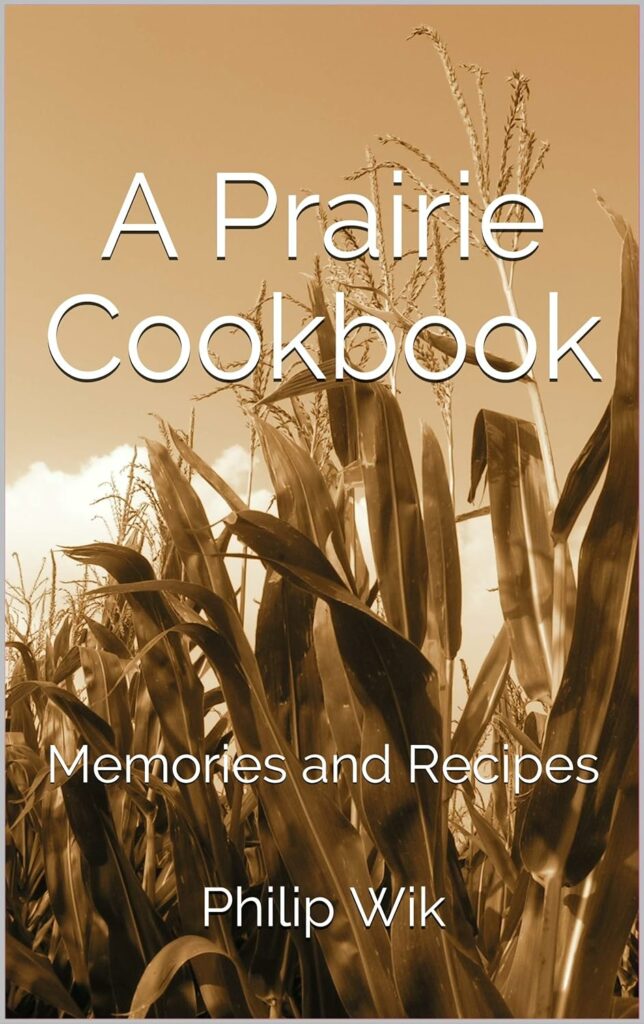I must frame your expectations before you read this book. These aren’t Old Country recipes. They’re recipes from the Midwest from the turn of the last century. You’ll find better recipes on how to make ox-tail soup, for example, on the internet and from other books, complete with full-spread glossy color illustrations. If you read this book for culinary how-to instructions or the art of gourmet, you’ll be missing the point. Rather, my goal is to open a window into a vanishing world through the doorway of taste. This book provides another dimension to understanding the lives of our ancestors. These recipes are as simple and as unpolished as those who worked the land. And yet they invoke an atmosphere that other histories may not fully capture. They become a kind of a time portal into the past. Crushed tomato leaves are an example for me. Their smell magically transports me back to my grandmother’s tomato garden when I was five years old. For you, it might be the smell of a holiday dinner or freshly baked cookies.
Despite the hardships they faced, the people of the plains had high aspirations and ideals. In 1918, my grandmother Emma’s husband Nicholas died during the Spanish flu pandemic that raged at the time. And yet she saw all eleven of her children go to college before and during the Great Depression.
These memoirs help provide the context in which these meals were lovingly prepared, for children, grandparents, and field hands, and for holidays, weddings, funerals, and for daily life. Both these recipes and the memoirs give us a glimpse of an important time in the history of our nation and give us insight into the simple but strong character of the homesteaders of the Midwest.

